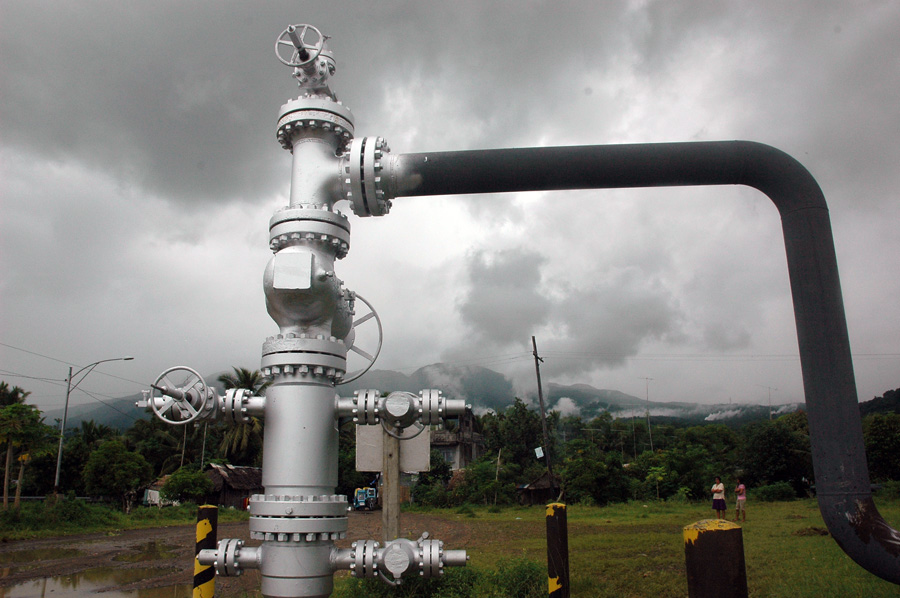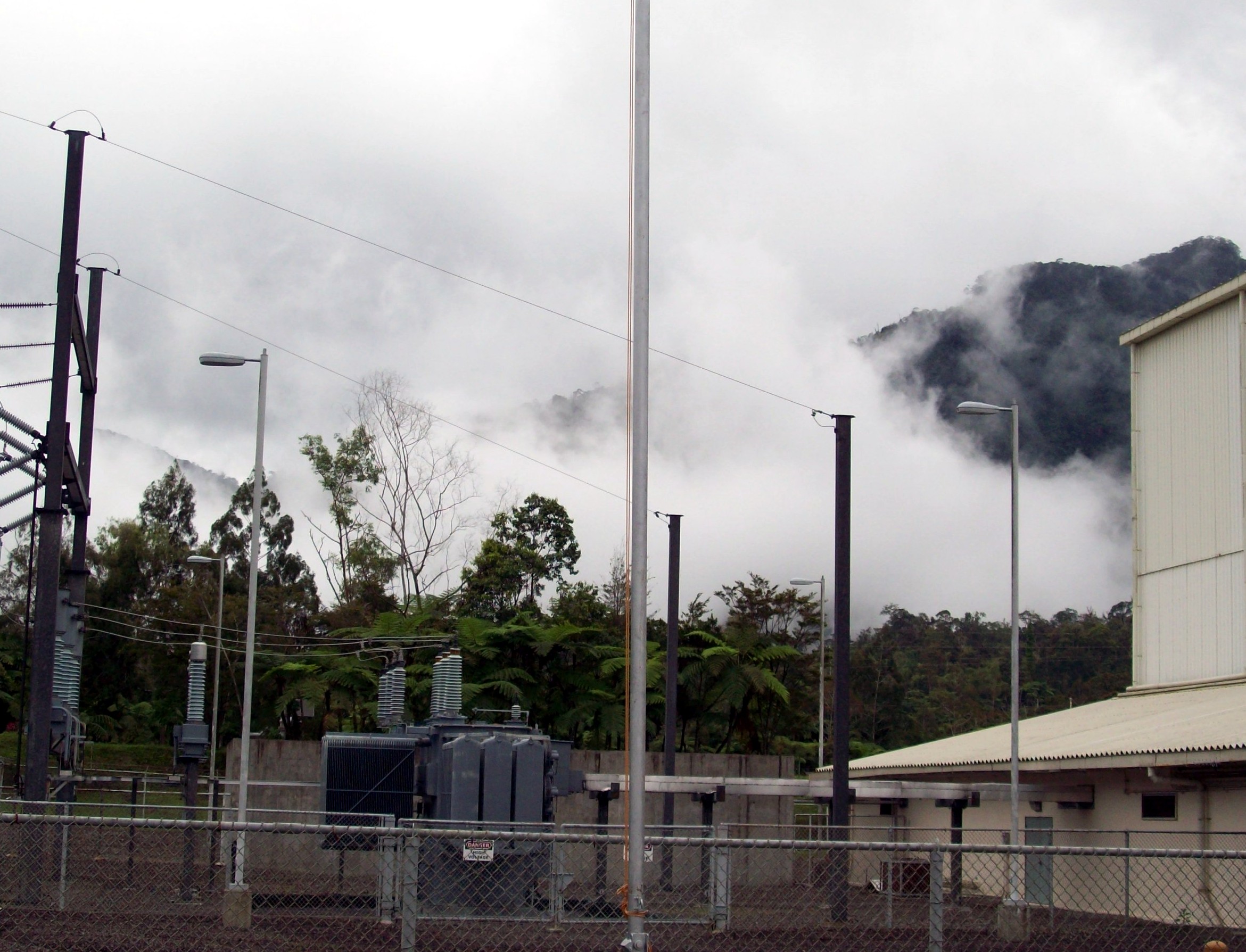Text and Photos by Henrylito D. Tacio
Last year, the Philippines had the third largest installed geothermal capacity worldwide, with an output of 1,928 megawatts (MW), according to a report released by Fitch Solutions.
Along with the United States, the Philippines was listed by the Fitch Solutions Country Risk and Industry Research as one of the outperformers in the geothermal sector.
“Over the next decade, we forecast only 217 WM of geothermal capacity to come online in the market,” the report said. “By 2025, we forecast that Turkey will overtake the Philippines for a total installed geothermal capacity, though it will still be the world’s fourth largest geothermal market.”
Right now, the Philippine government has reclassified geothermal as a mineral resource. It also allows 100-percent foreign investment into geothermal projects.
Another good news: “The Philippines will also be one of the world’s largest markets for total installed geothermal power capacity,” said Fitch Solutions. “We estimate that the market currently has the world’s third largest installed geothermal capacity.”
Over the group’s 10-year forecast period, “geothermal will be the dominant source of non-hydropower renewable electricity output in the Philippines, accounting for an annual average share of 64% of total renewable power generation.”
Currently, the Philippines has six geothermal plants scattered throughout the country. These are the Makiling-Banahaw (Mak-Ban) areas, just south of Manila; Tiwi in Albay; Bacon-Manito (Bac-Man) in Sorsogon; Tongonan in Leyte; Palinpin in Southern Negros; and the Mount Apo in Mindanao.
“Geothermal energy is well-developed (in the Philippines),” notes Nicola Jaeger and Michael Reckordt in an article “Power for the People,” which appeared in Handbook Philippines. “It has been promoted through tax exemptions and other incentives since the passage of the Geothermal Energy Law of 1978.”
Geothermal energy is considered a renewable energy source since its supply is considered inexhaustible. The word “geothermal” comes from the Greek roots: geo, meaning “earth,” and thermos, meaning “heat.”
Science tells us that the inner core of the earth consists of a molten mass that acts as the source of geothermal energy. In some areas of the Philippines and throughout the world, the intense heat within the earth occurs near the earth’s surface and heats underground water, forming hot water or steam.
If these reservoirs are close enough to the surface, wells can be drilled to tap the steam and hot water. The steam and hot water are used to produce electricity with generators. (Geysers occur where these reservoirs of steam and hot water naturally break through the surface.)


The use of geothermal energy is not a recent discovery. Historical records showed that both Norse Vikings, who settled in Iceland more than 1,000 years ago, and American Indians used geothermal geysers for cooking and baking. The Maoris, who settled in New Zealand about 600 years ago, grew their sweet potatoes in geothermally heated gardens.
It must be recalled that the first industrial harnessing of steam from the earth commenced in northern Italy more than half a century ago when Prince Piero Ginori Conti decided to hook a generator to a steam engine driven by natural steam.
The success of this operation (after so many innovations) led to the installation of the world’s first geothermal power plant, with a capacity of 250 kilowatts, in 1913. Today, the site is still a favorite tourist attraction.
It was the world’s only industrial producer of geothermal electricity until 1958 when New Zealand built a plant of its own.
As years went by, more innovations came.
The first commercial geothermal heat pump was designed by J.D. Krocker to heat the Commonwealth Building in Portland, Oregon, in 1946. Two years later, Professor Carl Nielsen of Ohio State University built the first residential heat pump two years later. The technology became popular in Sweden as a result of the 1973 oil crisis and has been growing slowly in worldwide acceptance since then.
Today, geothermal energy supplies power to 24 countries, producing enough electricity to meet the needs of 60 million people, according to the Geothermal Energy Association.
Aside from those mentioned earlier, other countries which installed geothermal electric power plants include Mexico, Japan, Indonesia, El Salvador, Kenya, Nicaragua, Turkey, China, Russia, France, Portugal, Iceland, and Greece.
In the Philippines, geothermal expert Dr. Arturo Alcaraz was credited with introducing geothermal energy. In the 1960s, Dr. Alcaraz — who was then with the Philippine Volcanology Office – built the first small geothermal plant in Tiwi, near Mount Mayon.
“The first electric bulb in the Philippines lit by earth-heat energy was in Tiwi, Albay, on April 12, 1967,” chronicled the Ramon Magsaysay Award Foundation, which honored Dr. Alcaraz in 1982 for “his scientific perspicacity and selfless perseverance in guiding Filipinos to understand and use one of their greatest natural resources.”
Commercial use of geothermal energy for electric power generation started with the commissioning of a three-megawatt pilot power plant in Leyte in 1977. Large-scale plants were later commissioned between 1979 and 1984.
“Energy is critical to advances in human development,” said the United Nations Development Program (UNDP). “Electricity enables the introduction of lighting in homes and the use of washing machines and other modern appliances and communication tools.
“And, crucially, (geothermal energy) does not harm natural resources like conventional energy sources such as coal, gas or nuclear power with its legacy of radioactive waste,” UNDP added.

